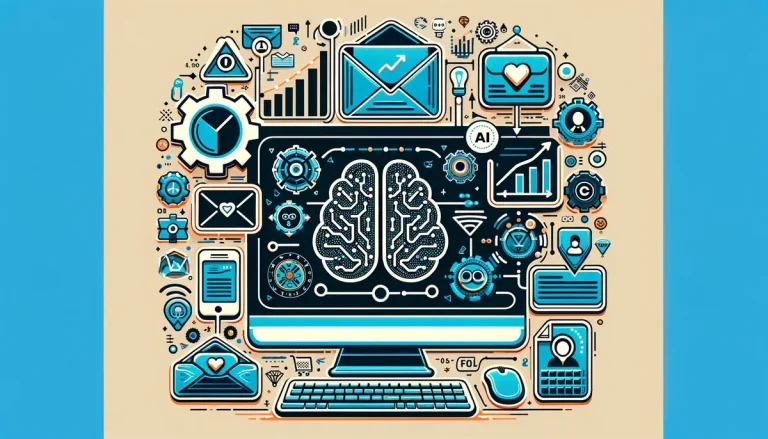How can businesses optimize the customer journey to maximize conversion rates? In today’s competitive business landscape, optimizing the customer journey is essential for driving conversion rates and achieving success. One emerging approach to customer journey optimization involves leveraging Reinforcement Learning (RL), a powerful technique from the field of artificial intelligence. This blog explores how businesses can use RL to maximize conversion rates and enhance the overall customer experience.
Understanding Reinforcement Learning (RL)
Reinforcement Learning (RL) is a type of machine learning algorithm that enables an agent to learn how to make decisions by interacting with an environment. Unlike supervised learning, where the algorithm is trained on labeled data, RL learns through trial and error, receiving feedback in the form of rewards or penalties based on its actions.
RL has a wide range of applications, including robotics, gaming, and business optimization. In the context of customer journey optimization, Reinforcement Learning algorithms can learn to make decisions that maximize conversion rates by continuously exploring and exploiting different strategies based on feedback from user interactions.
Analyzing the Customer Journey
- Mapping the Customer Journey Stages: The customer journey typically consists of multiple stages, including awareness, consideration, purchase, and retention. By mapping out each stage of the customer journey, businesses can identify opportunities to optimize the user experience and drive conversions at each touchpoint.
- Identifying Pain Points and Opportunities for Improvement: Analyzing customer behavior and feedback can help businesses identify pain points and areas of friction in the customer journey. By addressing these pain points and optimizing key touchpoints, businesses can improve the overall user experience and increase conversion rates.
Read More: Personalized Education And Training Via AI SMS Platforms
Challenges and Considerations
- Addressing Common Challenges in Implementing RL: While Reinforcement Learning offers significant potential for customer journey optimization, it also comes with challenges, such as data complexity, algorithmic complexity, and implementation barriers. Addressing these challenges is essential for ensuring the success of RL initiatives.
- Ethical and Privacy Considerations: As businesses collect and analyze vast amounts of user data for RL training, it’s crucial to prioritize ethical considerations and data privacy. Respecting user privacy rights and ensuring transparency and accountability in data usage are essential for building trust with customers and maintaining ethical standards.
Future Trends in Customer Journey Optimization
- Emerging Technologies and Innovations in RL: The field of Reinforcement Learning is constantly evolving, with ongoing advancements in algorithms, techniques, and applications. Emerging technologies and innovations hold the potential to further enhance customer journey optimization and drive even greater results in the future.
- Predictions for the Future of Conversion Rate Optimization: Looking ahead, the future of conversion rate optimization is promising, with RL playing an increasingly integral role in driving business success. Predictions for the future include more personalized and adaptive customer experiences, improved targeting and segmentation, and enhanced automation and efficiency.
Conclusion
In conclusion, leveraging Reinforcement Learning (RL) for customer journey optimization offers businesses a powerful tool for maximizing conversion rates and enhancing the overall customer experience. By understanding the principles of RL, analyzing the customer journey, and implementing RL algorithms effectively, businesses can drive tangible results and stay ahead in today’s competitive market landscape.







